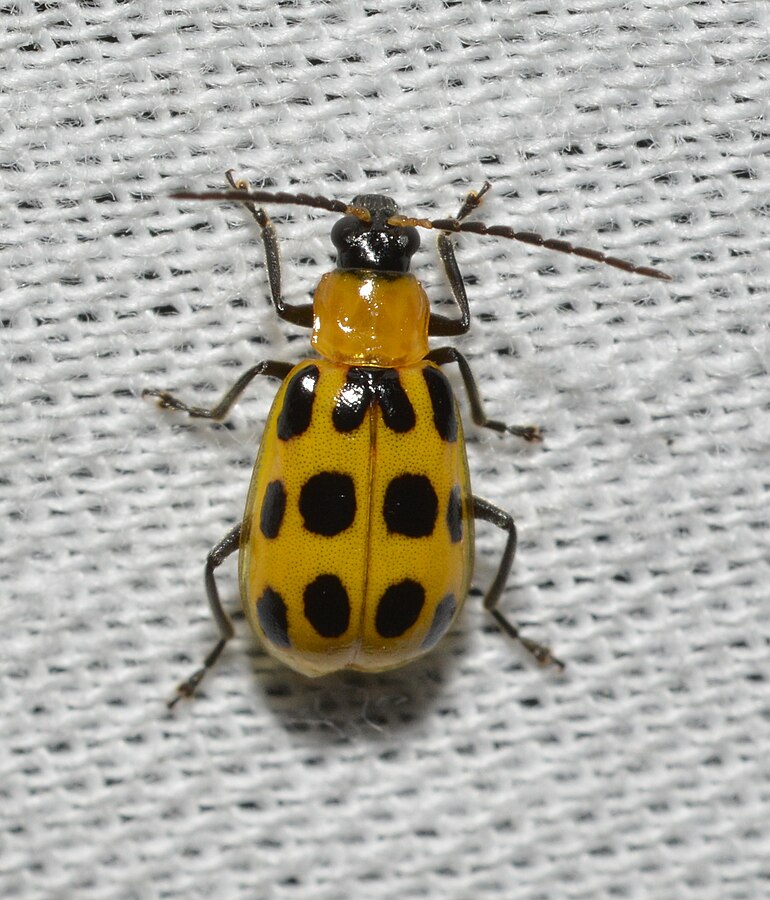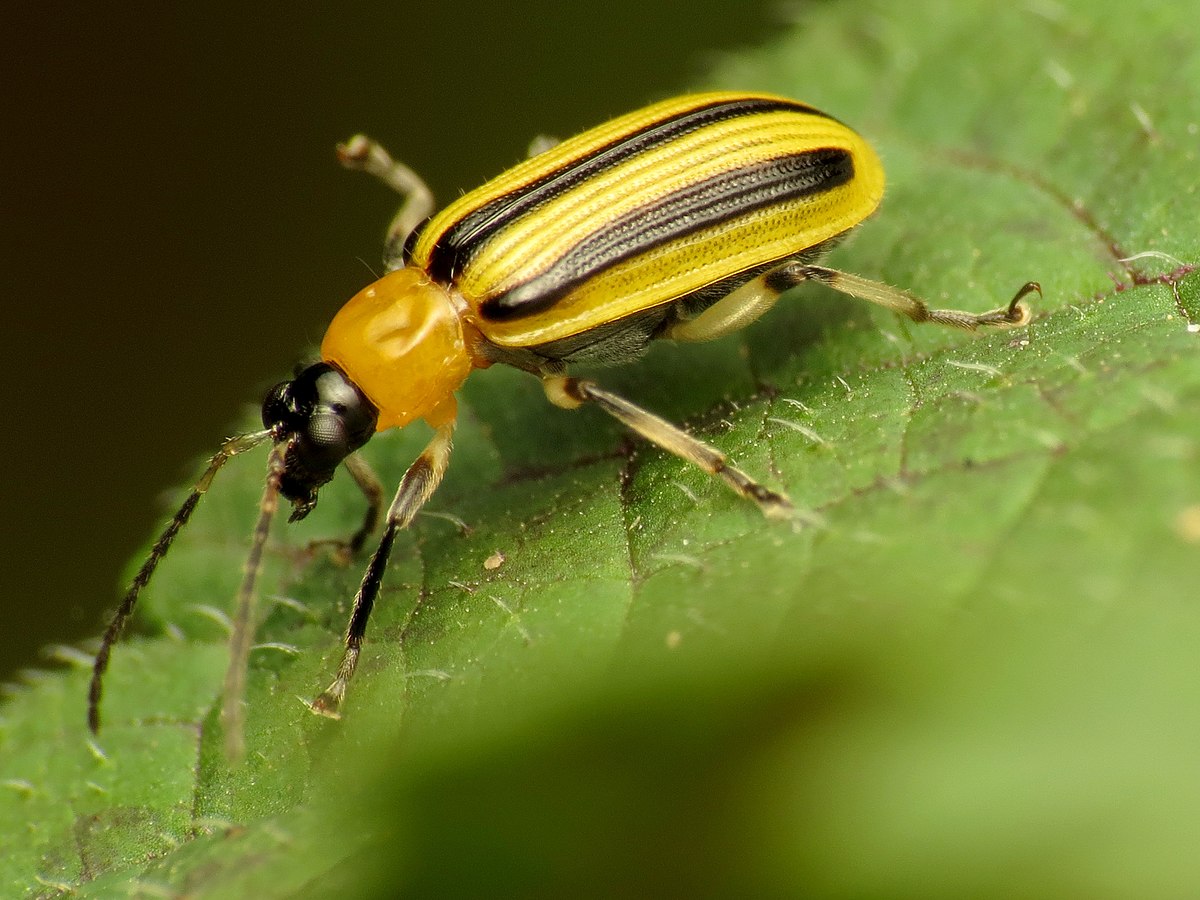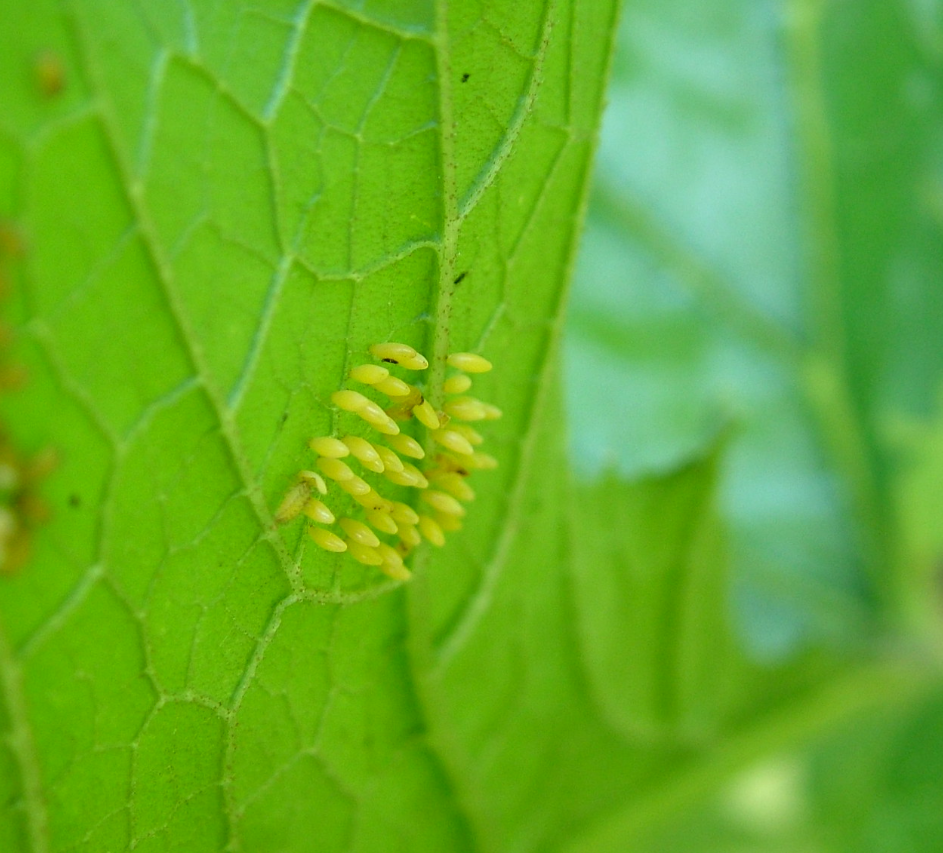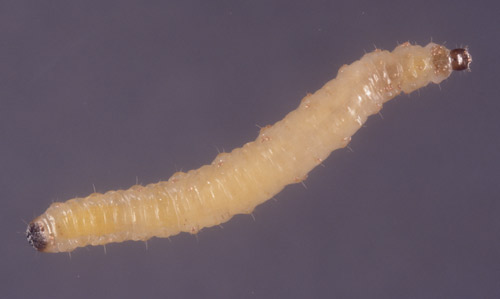Summary of Cucumber Beetles
Description:
There are two main types of cucumber beetles:
- Spotted Cucumber Beetle (Diabrotica undecimpunctata):
The striped cucumber beetle (Acalymma vittatum) is a small, yellow and black striped beetle notorious for its damage to cucurbit crops such as cucumbers, squash, and melons. These beetles feed on leaves, flowers, and fruits, transmitting bacterial wilt and other diseases as they feed. Effective management strategies include crop rotation, row covers, and targeted insecticides, aiming to protect plants from this persistent garden pest.- Yellowish-green in color with 12 black spots on its wing covers.
- Feeds on a variety of cucurbit plants such as cucumbers, squash, and melons.
- Can transmit bacterial wilt and other diseases.
- Striped Cucumber Beetle (Acalymma vittatum):
The spotted cucumber beetle (Diabrotica undecimpunctata) is a small, yellowish-green beetle with black spots that commonly feeds on cucurbit crops such as cucumbers, squash, and melons. It causes damage by feeding on leaves, flowers, and fruits, potentially transmitting bacterial wilt and other diseases. Control methods include crop rotation, row covers, and insecticidal treatments, focusing on integrated pest management to minimize its impact on garden yields.- Yellowish-green with three black stripes running down its back.
- Also feeds on cucurbit crops, causing similar damage to leaves, flowers, and fruits.
- Particularly damaging in the larval stage as they feed on plant roots.
- Appearance:
- Adult Beetles: Yellow-green with black spots or stripes.
Spotted Cucumber Beetle: 12 black spots on its back.

Striped Cucumber Beetle: Three black stripes on its back.

Eggs: Yellow to orange, oval-shaped, laid in clusters near the base of plants.

Larvae: White to yellowish, worm-like with brown heads, typically found in the soil.

- Adult Beetles: Yellow-green with black spots or stripes.
Commonly Attacked Plants:
- Cucumbers
- Squash
- Melons
- Pumpkins
- Beans
- Corn
- Some ornamental plants
Damage:
- Feeding: Adult beetles feed on leaves, stems, and flowers, causing holes and defoliation.
- Larvae: Feed on roots, causing stunted growth and wilting.
- Disease Transmission: Spread bacterial wilt and cucumber mosaic virus.
Prevention and Treatment:
- Cultural Controls:
- Crop Rotation: Avoid planting cucurbit crops in the same location each year.
- Row Covers: Use floating row covers to protect young plants until they start to flower.
- Trap Crops: Plant attractive crops like radishes around your main crop to lure beetles away.
- Mechanical Controls:
- Handpicking: Regularly inspect plants and handpick beetles and eggs.
- Yellow Sticky Traps: Place traps near plants to capture adult beetles.
- Biological Controls:
- Beneficial Nematodes: Release nematodes in the soil to target larvae.
- Predatory Insects: Encourage or release natural predators such as lady beetles and lacewings.
- Chemical Controls:
- Insecticidal Soaps and Neem Oil: Spray on plants to kill beetles on contact.
- Pyrethrin-based Insecticides: Use as a last resort, following label instructions.
By employing a combination of these methods, you can effectively manage cucumber beetle infestations and protect your garden plants. Regular monitoring and prompt action are key to preventing significant damage.
